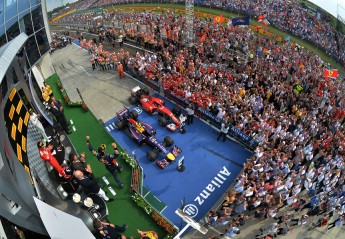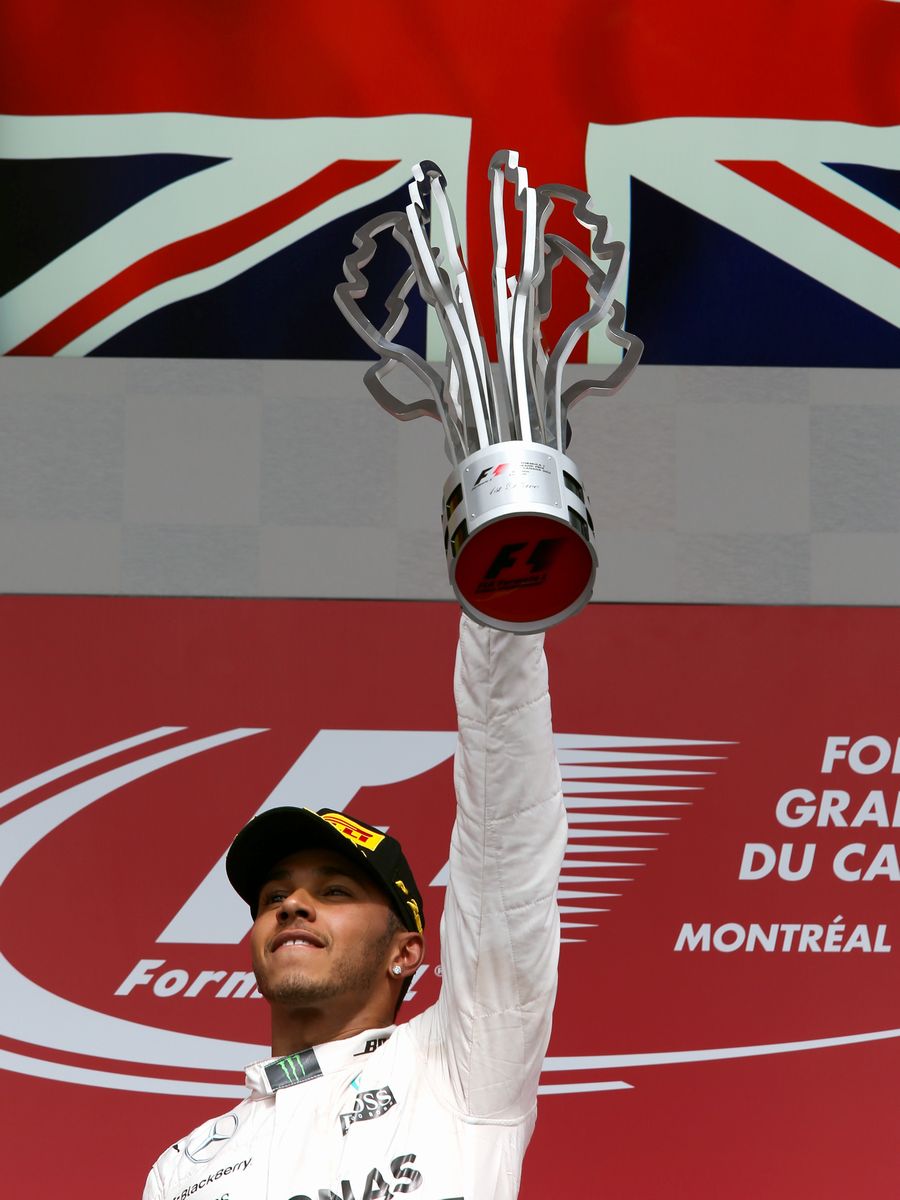By Hillary Chinyere
Durban, 11 June 2015

Kimi Raikkonen spins at the hairpin during the 2015 Canadian Grand Prix as his car was in the wrong throttle map after his pit stop. Along with DRS, this is a demonstration of how automated the cars have become.
A Bulawayo girl asked me a couple of days ago if I drive, since I’m an F1 fan. Does one need to get an Oscar before one could watch movies? That was my response, in silence. In the same vein, I do not need to be part of a Grand Prix to be bothered by what takes place therein.
At the end of the golden era of F1, the regulations of the day and the introduction of Hermann Tilke-designed tracks, overtaking became somewhat foreign to the sport and was relegated to some remote fantasy in the fans’ minds. The so called Drag Reduction System, DRS is essentially an adjustable rear wing which can be used to facilitate overtaking.
Under Formula 1 rules, the driver of a following car can adjust the flap of his rear wing under certain circumstances. When two or more cars pass over designated zones on the track, if a following car is measured at less than one second behind a leading car it will be sent a signal that will allow its driver to deploy the car active rear wing. The flap is lifted up at the front and pivots about a point at the trailing edge of the wing, so that in the event of a failure, the flap will drop down into the default, high-downforce position.
I’d rather see some good racing with less overtaking than average racing with a shed load of ‘passing’. I think the problem with the whole DRS concept is that it is presumed that a lot of passing regardless of how it’s done or how easy it is would equal great racing.
There was a time when the thought of missing an F1 session irritated me, yet recently I’ve found myself not been bothered about potentially missing a qualifying session or having to go do something else during the race, especially when the early laps have shown DRS to be overly effective.
Seeing the typical easy DRS pass does nothing for me, I find it unexciting, disinteresting and bordering boring. It is not what I enjoy watching and if anything takes excitement away from the race rather than adding to it.
The biggest problem with DRS for me however is that it hasn’t solved any of the underlying problems regarding turbulent air, or more precisely the cars over-reliance on aerodynamics. We saw at Spa that cars would still drop back Sector Two due to that problem a problem that has no chance of been improved as long as DRS is around because DRS is “working”.
Pre-DRS we had people looking at real solutions, aero changes were proposed and adopted, circuits such as Abu Dhabi were talking of making alterations but those changes were shelved in favour of DRS which was said to be cheaper.
Let me watch some Senna and Prost videos to rid my mind of the technology-driven toys of 2015.


DRS is a VIDEO game gimmick wich make racing artificial. It should be banned.
FIA should work on aerodynamics instead, and give the cars more mechanical grip.
Why don’t they reduce the wings’ downforce by 75% ? It can be done easily (in order to have Indy 500-type wings).
LikeLike
DRS has my vote every minute OF the day –
just because of the utter sillyness of the the term “real racing”.
LikeLike
DRS should stay, but restricted to overtake back markers only, and be available at any point ON the circuit. Then the front runners have to think about risk and REWARD before deploying and the back markers do not impact the race result.
LikeLike
In 2010 it was obvious that the refueling ban would be enough to make the races better. DRS was a nice idea if they could get it right, but after 3 years it got worse – so time to scrap it.
LikeLike
I remember when the first announced DRS, I thought it was a great idea, it sounded like it could really work. Unfortunately, that was not the case, and now we see passes being completed as if it’s the norm, rather than it being a spectacle of the sport. DRS really is an artificial gimmick, that had the possibility to work, but has instead killed some of the competitiveness in F1 by taking it the completely wrong way.
In contrast, I love KERS, as I think it has been a great development for the cars, and I personally wouldn’t call it artificial in the same sense DRS is as everyone has KERS (apart from Webber, of course).
LikeLike
I wouldn’t call KERS artificial in any sense: actually, it’s almost artificial to waste that energy! Not even from a racing perspective but just from a common sense perspective I think it’s ludicrous to not exploit energy recovery.
LikeLike
I guess I didn’t mean artificial, I was more thinking along the lines of it being a driver controlled system that gave a performance boost, so it’s ‘artificial’… Ish, just not to the racing. I really do like KERS.
LikeLike